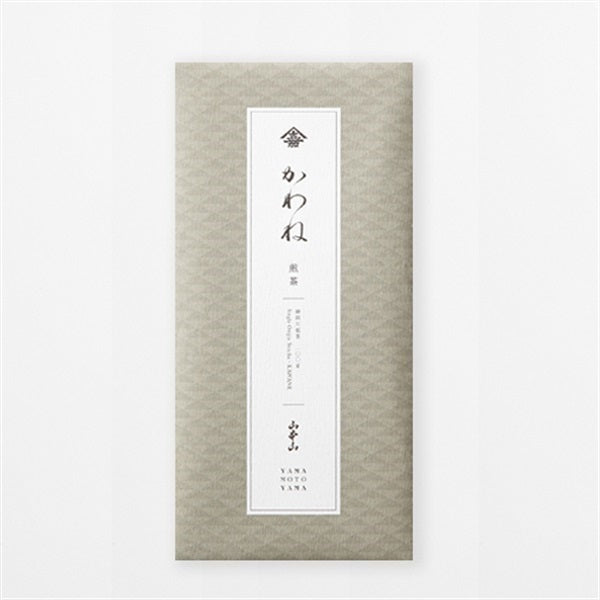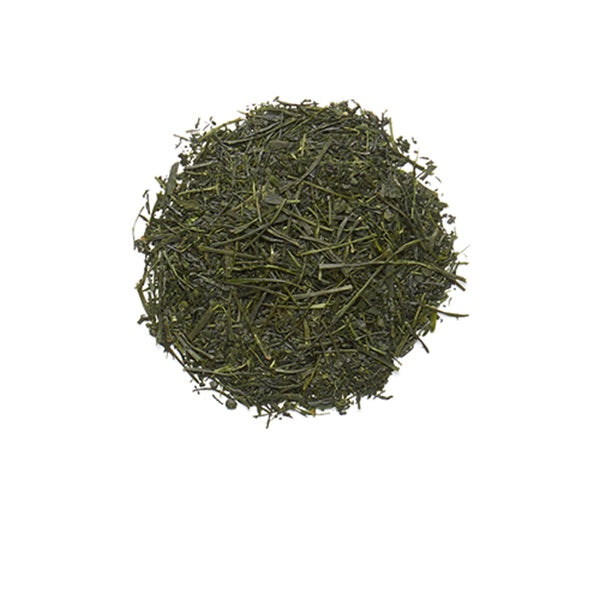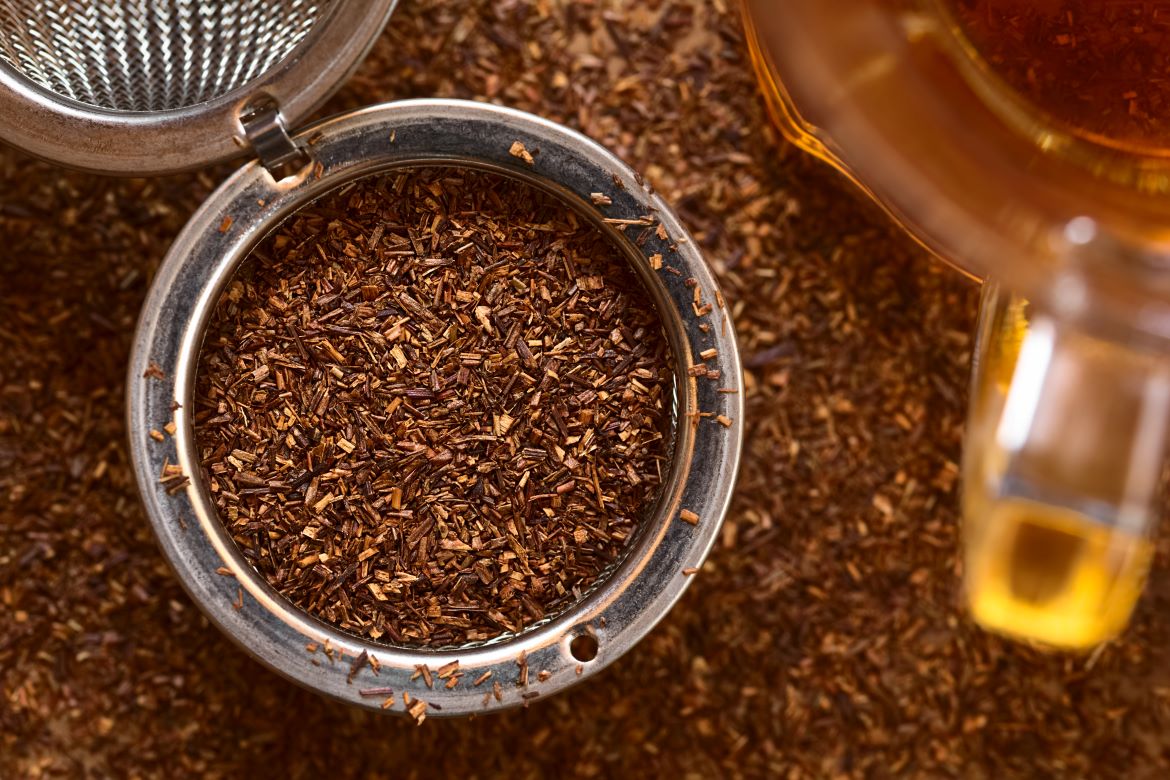
The king of Japanese tea! A deep look into the appeal of Shizuoka tea and the history of Japan's largest tea producer
Introduction
Shizuoka Prefecture is known as the number one tea producing region in Japan.
It ranks first in Japan in terms of both cultivation area and production volume, and is produced over a wide area within the prefecture. In fact, it accounts for about 40% of the tea plantation area in the country, making it the center of Japanese tea production and distribution.
Why is tea production so popular in Shizuoka? It has to do with its unique geography, climate, and other environmental factors.

Shizuoka's soil is ideal for growing tea
A warm and humid climate is ideal for growing tea.
Shizuoka Prefecture, and by extension the Tokai region, enjoys a warm climate due to the influence of the Kuroshio Current, which flows through the Kumano and Enshu Seas. With high precipitation throughout the year, it is the perfect environment for growing tea.
Also, because the four seasons are clearly defined, the tea leaves grow well and it is possible to produce large quantities of high-quality tea leaves.
Furthermore, Shizuoka Prefecture has a lot of fertile soil derived from volcanic ash, which is suitable for cultivating tea. This soil has good drainage and is rich in minerals, making it an extremely favorable environment for cultivating tea.

The history of Shizuoka tea dating back to the Kamakura period
Shizuoka tea has a long history, dating back to the Kamakura period.
It is said that the origins of this tea plant date back to when a Shizuoka-born monk, Shoichi Kokushi, brought back tea seeds from Song Dynasty (China) where he was studying, and planted them in what is now Ashikubo, Shizuoka City.

Later, during the Edo period, it was developed as official tea by the Imagawa and Tokugawa clans, and Shizuoka tea established its position as a high-quality tea producing region.
When Japan ended its isolationist policy at the end of the Edo period and trade with Europe and the United States began, tea became Japan's second most important export item after raw silk.

As time passed during the Meiji period, the port of Shimizu was opened and Shizuoka tea began to be exported overseas.
With the boost from this export demand, tea production in Shizuoka increased, and with the introduction of tea-making techniques and mechanization from Uji, Asamiya, Tsuchiyama and other areas, mass production became possible.
Even today, it has established its position as one of Japan's leading teas.

Characteristics of Shizuoka tea
Looking at the prefecture as a whole, the tea produced is mainly sencha, and 70% of it is deep-steamed sencha.
Tea fields extend from Fuji City and Numazu City in the east to Hamamatsu City in the west, and each region produces its own unique tea due to the influence of weather and topography. Shizuoka tea has many varieties. The main varieties are introduced below.

Three brands representing Shizuoka
1. Honyama Tea
This is a representative variety of Shizuoka tea, produced in the upper reaches of the Abe River and Warashina River, which run through central Shizuoka Prefecture. Its exquisite balance of sweetness, umami, and bitterness has earned it the nickname "natural gyokuro," and it is said to have been a favorite drink of Tokugawa Ieyasu.
2. Kawane tea
This is one of Japan's leading green teas, produced in the Oi River basin in central Shizuoka Prefecture. As it is grown in a natural environment surrounded by deep mountains, it has little astringency and is characterized by a refreshing aroma and mellow taste. Its color is a clear yellow-green.
3. Kakegawa tea
This green tea is produced mainly in Kakegawa City, in the western part of Shizuoka Prefecture. It has a long history, and has been known nationwide since the Edo period as "Enshu tea." It is often made using the deep steaming method, and is characterized by its rich flavor and full-bodied taste. It has a good balance of astringency and flavor, making it easy to drink. It has a vivid light green color.
In addition, there are various varieties depending on the region, such as Asahina tea, Ashikubo tea, Mikuriya tea, Makinohara tea, etc. In addition to green tea, they also produce black tea and oolong tea.

summary
Shizuoka tea, which has a history dating back to the Kamakura period, is imbued with traditions and techniques that have been cultivated over many years.
The characteristics of each variety of tea, such as the deep richness of Motoyama tea, the refreshing aroma of Kawane tea, and the rich umami flavor of Kakegawa tea, are truly the result of a history of coexistence between nature and humans.
Shizuoka tea has fascinated many people for over 800 years, and we encourage you to experience its profound flavor that reflects the scenery and culture of each season.










